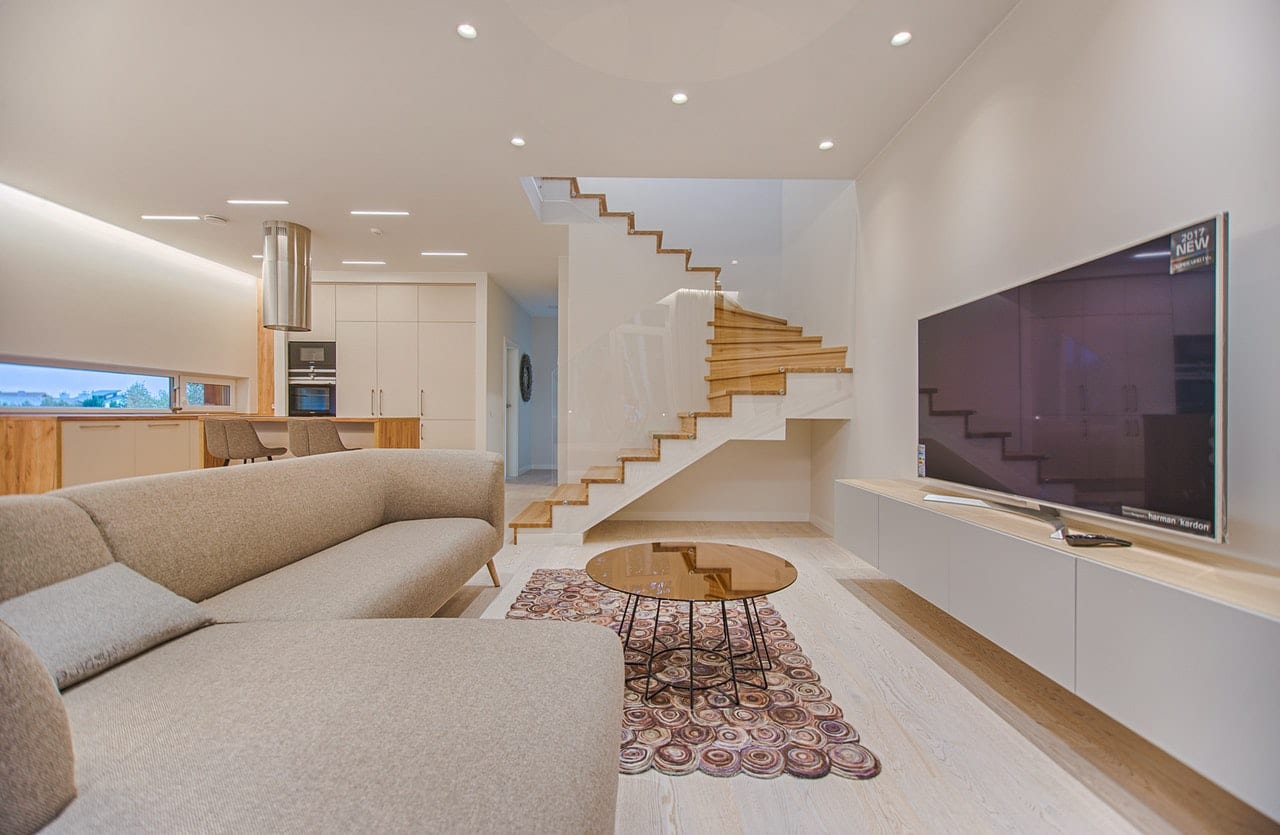Although often considered a hardwood flooring material because of its hardness, durability and similarity to many hardwoods, bamboo is actually a grass. But this definitely isn’t the grass that you find out on your front lawn. The Janka hardness ratings of bamboo flooring is as high, if not much higher than some of the hardest hardwoods available. Not only that, bamboo is considered a renewable resource due to its fast growing tendencies – it can grow up to 4 feet in a single day! If you’re considering bamboo as your next floor cover material, we’ve come up with a list of three fantastic bamboo flooring ideas.
Vertical Versus Horizontal Bamboo
Just to clear up any wild misconceptions, vertical bamboo doesn’t mean your floor will be standing on top of tall poles of bamboo! The main difference between vertical and horizontal bamboo is the way that the floorboard is constructed. Vertical bamboo is composed of several thin strips of bamboo that are placed side by side on their thin edge and laminated together. This results in a plank that has a lined, textured, yet uniform appearance without an obvious wood grain pattern. Conversely, horizontal bamboo is made by laying the wide edge of thin strips of bamboo on top of each other before lamination. The resulting planks exhibit a more defined grain when compared to vertical bamboo.
Carbonized Bamboo
Carbonized bamboo has a much deeper and richer colour than it’s non-carbonized counterpart. Non-carbonized bamboo has a lighter tone that’s similar to beech. If you’re looking for a tone more akin to traditional hardwood flooring, carbonized bamboo is a good choice. That said, the carbonization process does reduce the hardness factor somewhat, so if you’re looking for an extremely durable bamboo floor, you should be looking at natural forms or more modern strand woven versions which rank near the top of the hardness scale.
Engineered Bamboo
For a cheaper alternative to the hardest strand woven bamboo, engineered bamboo is also available. Engineered bamboo is a favourite among DIYers as the click and lock, floating floor system doesn’t require nailing, gluing or specialized experience. Like its engineered hardwood counterpart, engineered bamboo features a thin veneer of bamboo that’s applied to a plywood or fibreboard core that makes it very structurally stable. Engineered bamboo planks can also be constructed to be wider than solid planks which is considered desirable in certain design layouts.

